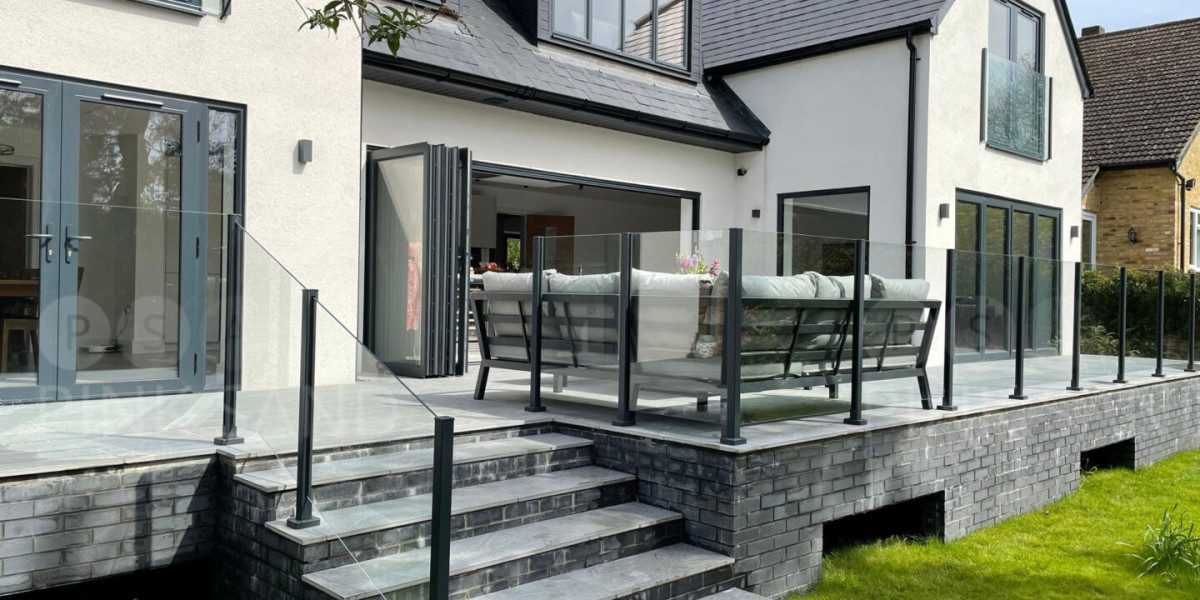In recent years, the landscape of office design has undergone significant transformation, driven by the need for flexibility, collaboration, and aesthetic appeal. Among the various solutions that have emerged, glass partitions have become increasingly popular in modern office environments. These innovative structures not only optimize space utilization but also foster a sense of openness and connectivity among employees. This article explores the various aspects of office glass partitions, including their design, benefits, challenges, and future trends.

Understanding Glass Partitions
Glass partitions are non-load-bearing walls made primarily of glass, designed to create separate spaces within an office while maintaining an open feel. They can be framed or frameless, offering varying degrees of transparency and visual connectivity. The use of glass in office interiors dates back several decades, but advancements in technology and design have led to a resurgence in their popularity. Today, glass partitions are available in various styles, including sliding doors, operable walls, and fixed panels, allowing for a high degree of customization.

Benefits of Glass Partitions
- Enhanced Natural Light: One of the most significant advantages of glass partitions is their ability to maximize natural light in the workplace. Unlike traditional drywall constructions, glass allows sunlight to penetrate deeper into the office space, reducing the need for artificial lighting and contributing to a more pleasant working environment. Studies have shown that natural light can improve employee mood, productivity, and overall well-being.
- Visual Connectivity: Glass partitions create a sense of openness and transparency, which can enhance communication and collaboration among team members. By allowing employees to see and interact with one another, these partitions help break down barriers and create a more inclusive workplace culture. This visual connectivity is particularly beneficial in open office layouts, where maintaining a balance between privacy and collaboration is essential.
- Flexibility and Adaptability: The modular nature of glass partitions makes them a flexible solution for evolving office needs. As companies grow or change their operational strategies, glass partitions can be easily reconfigured or relocated, allowing for quick adaptations without the need for extensive renovations. This adaptability is particularly valuable in today’s fast-paced business environment, where agility is crucial for success.
- Aesthetic Appeal: Glass partitions add a modern and sophisticated touch to office interiors, enhancing the overall aesthetic appeal of the workspace. They can be customized with various finishes, textures, and colors to align with a company's branding and design vision. The sleek appearance of glass partitions can contribute to a more professional image, which is essential for client-facing spaces.
- Acoustic Performance: Contrary to common misconceptions, modern glass partitions can provide effective sound insulation when designed appropriately. Acoustic glass and specialized framing systems can help minimize noise transfer between spaces, making them suitable for conference rooms, private offices, and collaborative areas. This capability allows companies to maintain a productive work environment while still enjoying the benefits of an open layout.
Challenges of Glass Partitions
Despite their many advantages, glass partitions also come with certain challenges that must be considered during the design and implementation process.
- Privacy Concerns: While glass partitions promote transparency, they can also raise privacy issues, particularly in sensitive work environments. Employees may feel exposed or uncomfortable discussing confidential matters in spaces with glass walls. To address this concern, companies can incorporate frosted or tinted glass, blinds, or acoustic treatments to enhance privacy without sacrificing the benefits of light and visibility.
- Cost Considerations: The initial investment in glass partitions can be higher than traditional wall systems, depending on the materials and design choices. However, it is essential to view this cost in the context of long-term benefits, such as reduced energy expenses and increased employee productivity. A thorough cost-benefit analysis can help organizations make informed decisions regarding their office design.
- Maintenance and Cleaning: Glass partitions require regular maintenance and cleaning to maintain their appearance and functionality. Fingerprints, smudges, and dust can accumulate on glass surfaces, necessitating a consistent cleaning schedule. Organizations must factor in this maintenance aspect when considering the long-term viability of glass partitions in their office spaces.
- Installation Challenges: The installation of glass partitions can be more complex than traditional walls, requiring specialized skills and equipment. It is crucial to work with experienced professionals who understand the intricacies of glass installation to ensure safety and compliance with building codes.
Future Trends in Glass Partition Design
As the workplace continues to evolve, so too will the design and functionality of glass partitions. Several trends are emerging in this field:
- Smart Glass Technology: The integration of smart glass technology is poised to revolutionize the use of glass partitions in office environments. Smart glass can change its opacity with the flip of a switch, allowing for instant privacy when needed. This technology offers a dynamic solution for spaces that require flexibility in terms of visibility and privacy.
- Sustainable Materials: As sustainability becomes a priority for many organizations, the demand for eco-friendly materials in office design is increasing. Manufacturers are exploring sustainable glass options, such as recycled glass and low-emissivity coatings, which can enhance energy efficiency and reduce the environmental impact of office partitions.
- Biophilic Design: The incorporation of biophilic design elements, which emphasize the connection between nature and the built environment, is gaining traction in office design. Glass partitions can be integrated with natural elements, such as living walls or indoor plants, to create a more harmonious and calming workspace.
- Increased Customization: As the demand for personalized workspaces grows, manufacturers are likely to offer even more customization options for glass partitions. This includes various finishes, colors, and designs that allow organizations to create unique environments that reflect their brand identity and culture.
Conclusion
Office glass partitions represent a significant advancement in workspace design, offering a multitude of benefits, including enhanced natural light, visual connectivity, and flexibility. While challenges such as privacy concerns and maintenance must be addressed, the advantages of glass partitions often outweigh these drawbacks. As technology and design trends continue to evolve, glass partitions are poised to play an even more significant role Double Glazing in St Albans shaping the future of office environments. By embracing these innovative solutions, organizations can create dynamic, collaborative, and aesthetically pleasing workspaces that meet the needs of today’s workforce.








